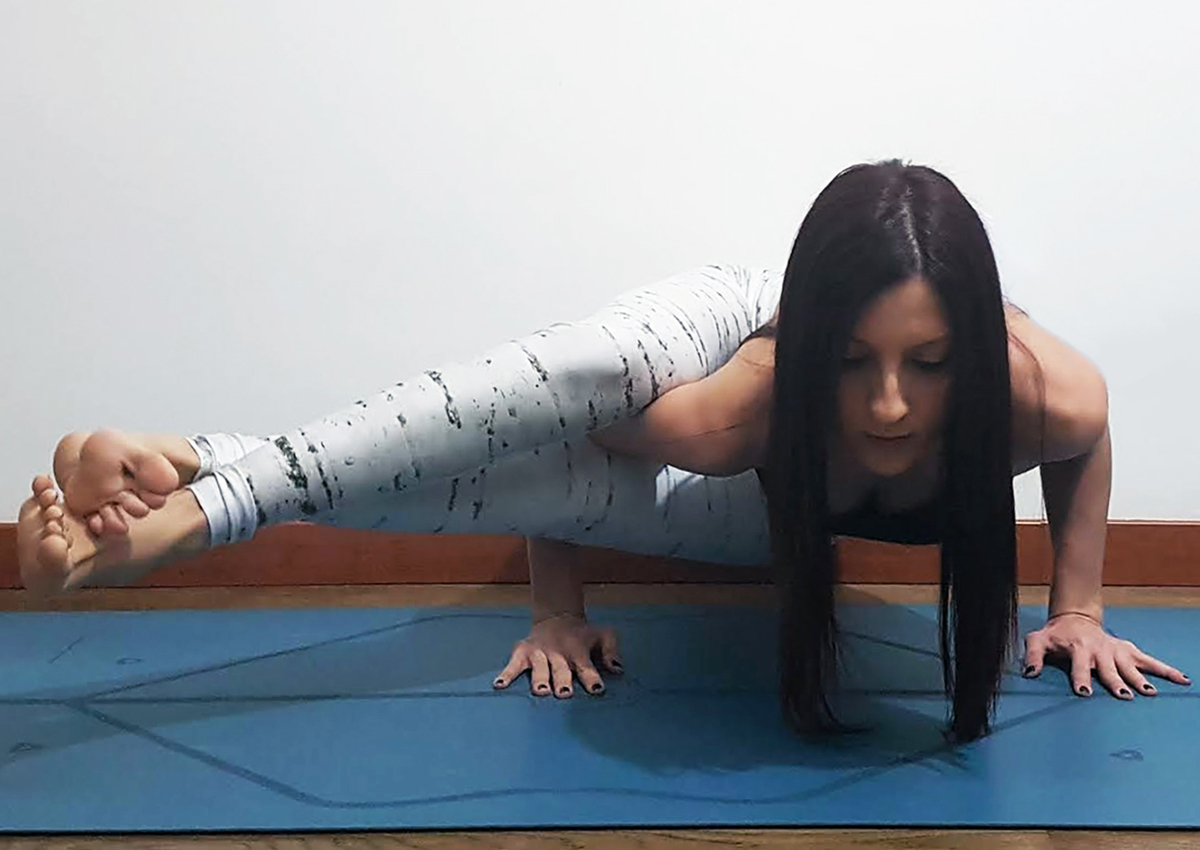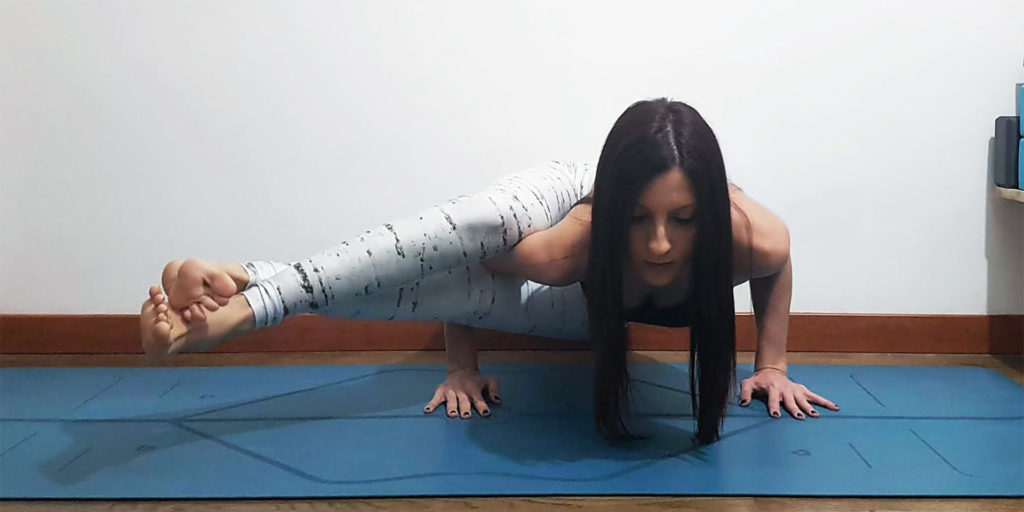

There are a lot of things I didn’t know about yoga when I started practicing…
Did you know that it is preferable to practice early in the morning before dedicating yourself to your commitments, and on an empty stomach?
Usually the normal practice of a yogi lasts about a couple of hours a day, but if you have little time, you can reduce the time to an hour or half an hour, or even just do the sun salutation sequences if you really can’t practice regularly.
What matters is constancy, practicing every day, even by performing variations of some positions that you are not able (yet) to perform completely.
In addition, there is a very precise logic in the order of the asanas: each posture or group of postures has a particular effect that is balanced and rebalanced by another posture or group of postures. This is essential to accumulate the beneficial effects of the asanas and to protect and balance the body during practice, for this reason it is strongly discouraged to skip the asanas or to freely switch from one posture to another without following the sequence.
According to the Ashtanga Yoga tradition, it is not practiced on Saturdays. This day of rest also serves not to develop excessive attachment to the practice. Furthermore, it is not practiced on new moon and full moon days because of the quality and quantity of energy present in each of these phases.
Furthermore, women should not perform inverted postures during the menstrual period and a break is strongly recommended during the first three days of the cycle, or even longer in the case of an abundant cycle. This is due to the fact that the practice of Ashtanga Yoga includes the use of bandhas and their action “creates” upward energy in the body. During the menstrual period, on the other hand, it is important to “create” energy directed downwards to facilitate the elimination process. So you need to rest and be aware of your natural rhythms.
Pregnant women should not practice Ashtanga Yoga during the first trimester of pregnancy and for the first three months following childbirth, and in any case in this situation it is always better to seek expert advice.
Once the practice is finished, relaxation is very important and should always be done. The final relaxation allows the practitioner to enter a meditative state to calm the body, the mind and listen to the sensation of our practice. By not relaxing, you may feel tired and irritable.
At this link you will find a list of tips and indications to improve the quality of your practice.
I hope I have contributed to enrich your knowledge of Ashtanga Yoga, and yoga in general, and that this post has been useful to you. Let me know what you think in the comments!